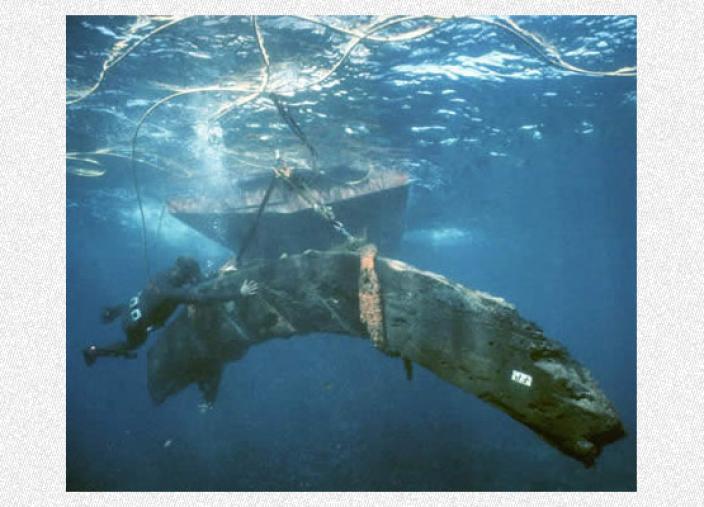
Secrets of Batavia's Structure
Timbers telling a tale
Although only a fragment of what the ship once was, Batavia is the world’s largest surviving 17th century merchantman. These timbers talk so much about how a ship of that time was built. Firstly, you may be familiar with the structure of a modern vessel, with its keel, keelson, frames, stringers and beams. However, several of these features are absent from Batavia. It was built at a time when the hull’s planking held the key to its strength. That is, instead of laying the keel, then attaching frames, then the planking, Batavia was built 'plank first' to define the shape of the ship. Then the keel was laid, the double planking was fixed in place, and short offcuts of timber were attached to the inner surface, along with transverse beams, to hold the form of the hull. A layer of planking, known as the ‘ceiling’, was fixed to the inner surfaces of the hull to give a smooth finish to the interior. The ceiling concealed a mass of nooks and crannies where rats could live and breed undisturbed. A layer of thin planking was fixed to the outer hull below the waterline, coated in pitch and held in place with broad-headed nails, to waterproof the hull and serve as a sacrificial layer to be eaten by teredo worms. Finally, came the massive timbers used in the rudder post which still has the draught marks attached, and the fashion piece, to strengthen the stern. A close inspection of this remaining fragment of a mighty ship shows just how skilled the shipwrights of those times were in the construction of large, oceangoing vessels.

A Museum diver raising the timbers of the Batavia.
Credit: WA Museum

Studying the construction of Batavia's hull.
WA Museum